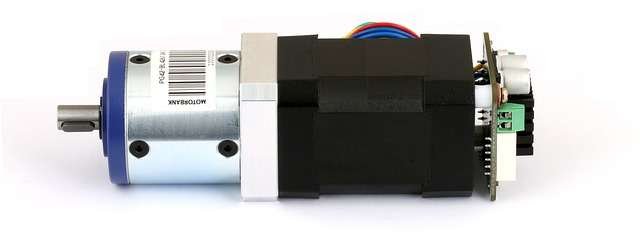Most motion control applications use DC motors with permanent magnets. DC motors are preferable to AC motors, especially when speed, position, and torque need to be tightly controlled.

There are two main types of DC motors – brushed and brushless. Although both types of motor are based on identical physical properties, they differ in the way they perform and function.
DC brushed motors have brushes that help to spin the motor inside the machine or device. A brushless motor, often shortened to BLDC Motor does not have the same brushed texture. Instead, it uses an electronic system to function.
What is the Difference Between Brushed and Brushless DC Motors?
Brushed motors use rotating coils (known as the rotator units). These coils usually rotate around an iron core, although there are some brushed motors not have a central iron core and instead, freely rotate.
In a brushed DC motor, the direction of the current gets reversed two times in every cycle by something known as a mechanical rotary switch or commutator. The flow of the current through the circuits is supported by the permanent magnets that reside just outside of the motor.
In a brushless DC motor, the rotor is a permanent magnet that drives the coils in three different phases. There is a sensor that monitors the positioning of the rotor and signals to a control unit. The control units respond to this information and activate the coils in phases.
What Are the Advantages of Using Brushed or Brushless DC Motors?
There are advantages to both brushed and brushless DC motors. Brushed motors are more affordable and are simpler to control. They are ideal for use in extreme operating work environments.

Brushless motors cost a little more but they tend to last longer and require less maintenance. They are efficient and have a high-power output compared to their size. They are suitable for a wide variety of applications.
Applications of Brushed and Brushless DC Motors
In the modern-day, brushless motors are used more than brushed motors. However, brushed DC motors still have their applications. They are most commonly used in smaller common household devices and automobiles.
Brushless DC motors have much more diversity and are used in a number of industries. The technology and automobile industries frequently use brushless DC motors to meet their needs.
With both types of DC motors providing a unique set of uses and benefits, they are still widely used across the world. When deciding on which motor is the most ideal for a specific application, the power output, torque to speed ratio, and longevity should be taken into consideration.
Despite the reduced use of brushed motors in the modern-day, there are certain scenarios where they are preferred over brushless motors. For example, motors that are used infrequently might be operated with a brushed motor, such as motors that operate the windows in a car.
However, motors within the car’s engine pumps are used more frequently and need a more reliable motor. For these reasons, a brushless motor is more appropriate for a car engine.

